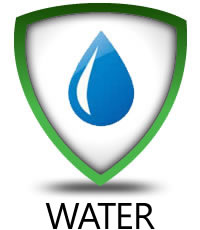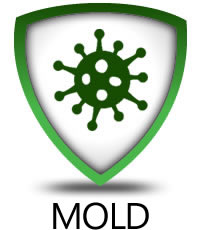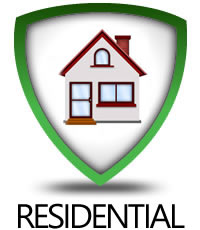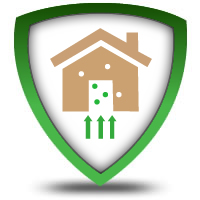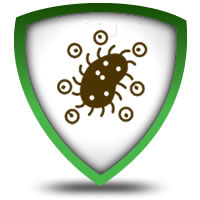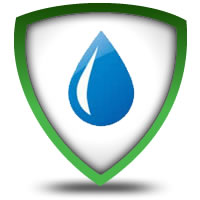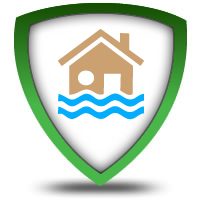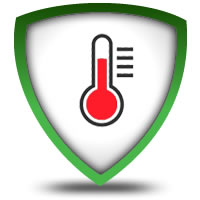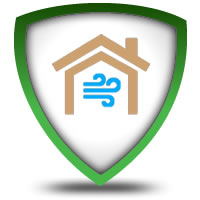Reliable Mold Solutions for Staten Island Homes and Businesses
Mold Authority is proud to provide expert mold inspection and testing services in Staten Island, helping residential and commercial property owners keep their environments healthy and safe. With over 18 years of industry experience, our certified team specializes in identifying mold problems unique to the Staten Island community. Whether you're concerned about hidden mold affecting your indoor air quality or need to create a safe space for employees, we offer trusted solutions to meet your needs.
Why Choose Mold Authority?
Our over 18 years of experience have built a reputation as a trusted provider of mold inspection and testing services across NYC, including Staten Island. Here are just a few reasons why property owners trust us:
Experienced Professionals: Certified by leading industry organizations, our team brings unmatched expertise to every inspection, ensuring accurate results you can count on. We stay updated on the latest industry standards to provide the most reliable service available.Comprehensive Testing: By addressing potential hazards like asbestos, lead, and indoor air quality issues, we provide a complete assessment for your peace of mind. This comprehensive approach prevents us from missing anything.
Decades of Experience: With nearly two decades of experience, we have helped countless Staten Island property owners tackle mold and air quality challenges successfully. Our proven track record speaks to our commitment to excellence and customer satisfaction.
Choosing us means choosing a team that prioritizes your health, safety, and property’s well-being every step of the way.
Mold in Staten Island
Staten Island’s coastal climate, frequent storms, and blend of older and modern architecture pose unique challenges for property owners. High humidity levels, water intrusion, and aging infrastructure create a perfect environment for mold growth, which can compromise indoor air quality and overall health. Similar challenges are seen in properties across Queens and Manhattan, especially in older buildings and properties near the water.
Mold Authority’s mold inspection services in Staten Island and NYC address these issues comprehensively by:Detecting visible and hidden mold in walls, basements, attics, and other areas.
Identifying moisture sources that encourage mold growth, like leaks or inadequate ventilation.
Delivering detailed reports and customized recommendations to eliminate mold and prevent future issues.
From St. George to Tottenville, we bring localized expertise to every property. Whether you own a Staten Island brownstone, a family home in Queens, or a commercial space in Manhattan, our tailored solutions guarantee effective results.
Additional Services for Staten Island Properties
In addition to mold inspection and testing, we offer other specialized services to keep Staten Island properties safe and healthy:
Asbestos and Lead Testing: Essential for older properties, these services help uncover and address hidden health hazards.Indoor Air Quality Assessments: We identify and address airborne contaminants, including allergens, bacteria, and VOCs.
Water Damage and Moisture Mapping:This service pinpoints and resolves hidden moisture issues to prevent recurring mold problems.
Our goal is to provide Staten Island property owners with a complete solution for maintaining safer, healthier spaces.
Protect Your Staten Island Property Today
Don’t wait until mold becomes a bigger problem—schedule your professional mold inspection today and take the first step toward a healthier environment. Mold Authority’s expert mold inspection and testing services in Staten Island are tailored to meet the needs of residential and commercial properties. Whether you’re managing a historic home, a busy office, or a multi-unit rental, our team is here to help.
Call 646-600-MOLD or email us at info@moldauthority.com to schedule an inspection. Trust our professional team to protect your property and create a healthier space for everyone who lives or works in it.
Get In Touch
Mold Inspection Staten Island NY
Reliable Mold Solutions for Staten Island Homes and Businesses
Mold Authority is proud to provide expert mold inspection and testing services in Staten Island, helping residential and commercial property owners keep their environments healthy and safe. With over 18 years of industry experience, our certified team specializes in identifying mold problems unique to the Staten Island community. Whether you're concerned about hidden mold affecting your indoor air quality or need to create a safe space for employees, we offer trusted solutions to meet your needs.
Why Choose Mold Authority?
Our over 18 years of experience have built a reputation as a trusted provider of mold inspection and testing services across NYC, including Staten Island. Here are just a few reasons why property owners trust us:
Experienced Professionals: Certified by leading industry organizations, our team brings unmatched expertise to every inspection, ensuring accurate results you can count on. We stay updated on the latest industry standards to provide the most reliable service available.Comprehensive Testing: By addressing potential hazards like asbestos, lead, and indoor air quality issues, we provide a complete assessment for your peace of mind. This comprehensive approach prevents us from missing anything.
Decades of Experience: With nearly two decades of experience, we have helped countless Staten Island property owners tackle mold and air quality challenges successfully. Our proven track record speaks to our commitment to excellence and customer satisfaction.
Choosing us means choosing a team that prioritizes your health, safety, and property’s well-being every step of the way.
Mold in Staten Island
Staten Island’s coastal climate, frequent storms, and blend of older and modern architecture pose unique challenges for property owners. High humidity levels, water intrusion, and aging infrastructure create a perfect environment for mold growth, which can compromise indoor air quality and overall health. Similar challenges are seen in properties across Queens and Manhattan, especially in older buildings and properties near the water.
Mold Authority’s mold inspection services in Staten Island and NYC address these issues comprehensively by:Detecting visible and hidden mold in walls, basements, attics, and other areas.
Identifying moisture sources that encourage mold growth, like leaks or inadequate ventilation.
Delivering detailed reports and customized recommendations to eliminate mold and prevent future issues.
From St. George to Tottenville, we bring localized expertise to every property. Whether you own a Staten Island brownstone, a family home in Queens, or a commercial space in Manhattan, our tailored solutions guarantee effective results.
Additional Services for Staten Island Properties
In addition to mold inspection and testing, we offer other specialized services to keep Staten Island properties safe and healthy:
Asbestos and Lead Testing: Essential for older properties, these services help uncover and address hidden health hazards.Indoor Air Quality Assessments: We identify and address airborne contaminants, including allergens, bacteria, and VOCs.
Water Damage and Moisture Mapping:This service pinpoints and resolves hidden moisture issues to prevent recurring mold problems.
Our goal is to provide Staten Island property owners with a complete solution for maintaining safer, healthier spaces.
Protect Your Staten Island Property Today
Don’t wait until mold becomes a bigger problem—schedule your professional mold inspection today and take the first step toward a healthier environment. Mold Authority’s expert mold inspection and testing services in Staten Island are tailored to meet the needs of residential and commercial properties. Whether you’re managing a historic home, a busy office, or a multi-unit rental, our team is here to help.
Call 646-600-MOLD or email us at info@moldauthority.com to schedule an inspection. Trust our professional team to protect your property and create a healthier space for everyone who lives or works in it.
Get In Touch
Residential

Is your family suffering from unexplained allergies or sickness. It could be from indoor mold.
Commercial

Are your employees missing unnecessary amounts of work due to sickness?





